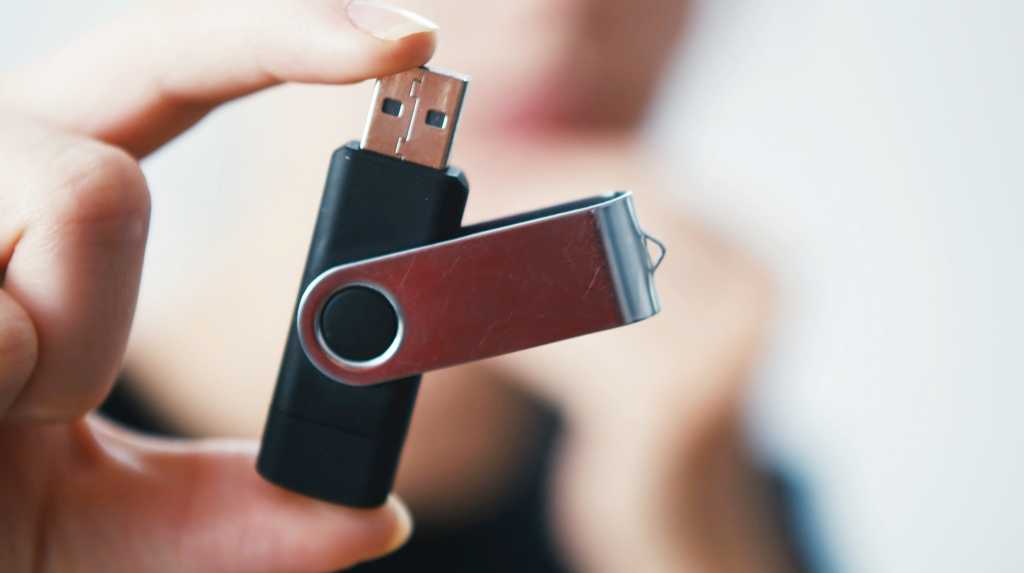USB flash drives were once the preferred choice for quick and easy data transfers, but their popularity has waned significantly in recent years. This decline raises questions about the relevance of these devices today and whether they are approaching obsolescence. An examination of recent trends provides insight into this shift.
Reasons for the Decline of USB Flash Drives
Despite their small size and convenience, USB sticks face a substantial reduction in usage. A primary factor is their limited storage capacity, often maxing out at 256GB or 512GB. This poses a challenge for users needing to transfer larger files, such as 4K videos or extensive photo libraries.
High-capacity models do exist, like the Seagate Ultra Compact SSD, which offers up to 2 terabytes of storage. However, many users gravitate towards SSDs instead due to their advanced flash technology, which delivers faster data transfer speeds and enhanced durability.
Moreover, traditional USB-A connectors are becoming obsolete as most modern devices, including laptops and tablets, now favor USB-C. While some USB sticks feature Type C connectors or dual ports, they often compromise on quality, resulting in slower transfer rates, particularly with large files.
Current Alternatives to USB Flash Drives
External Hard Drives: High Storage at a Low Cost
External hard drives, whether traditional HDDs or faster SSDs, are a favored alternative to USB flash drives. They offer significantly larger storage options, often reaching 4TB or more. SSDs, in particular, are known for their high-speed performance via USB-C or Thunderbolt, making them an excellent choice for extensive data storage needs.
Advantages:
- Far greater storage capacity compared to USB sticks
- Durable and shock-resistant with higher quality components
- Ideal for managing large datasets or backups
Disadvantages:
- Bulkier and heavier than USB drives
- Potentially more expensive, especially for SSDs
SD Cards: Compact and Versatile
SD cards, including microSD variants with adapters, serve as a flexible alternative to USB flash drives. Commonly used in cameras, drones, and mobile devices, they can also double as mini storage solutions for laptops when paired with a USB-C card reader.
Advantages:
- Extremely portable and lightweight
- Can offer high transfer speeds, especially with UHS-II models
- Compatible with many devices directly
Disadvantages:
- Prone to loss or physical damage
- A card reader may be necessary for use with computers
Cloud Services: Ubiquitous Access and Collaboration
Cloud storage represents a contemporary substitute for USB flash drives. Platforms like Google Drive, Dropbox, iCloud, and OneDrive allow users to access their files from any device with internet connectivity, eliminating the need for physical storage devices.
Advantages:
- Accessible from anywhere with an internet connection
- Supports collaboration and easy file sharing
- Automatically synchronizes files across devices
Disadvantages:
- Reliant on a stable internet connection
- Typically features limited free storage with subscription upgrades
- Concerns surrounding data security and privacy
The Future of USB Flash Drives
While USB flash drives are not entirely obsolete, their usage is becoming more specialized. They remain practical for basic data transfers, firmware updates, or as boot devices. However, their limited capacity and decreasing compatibility overshadow their functionality in everyday contexts. Modern solutions such as SSDs, SD cards, and cloud services provide enhanced performance, flexibility, and often a more favorable price-to-capacity ratio, reshaping the landscape of data storage options.

